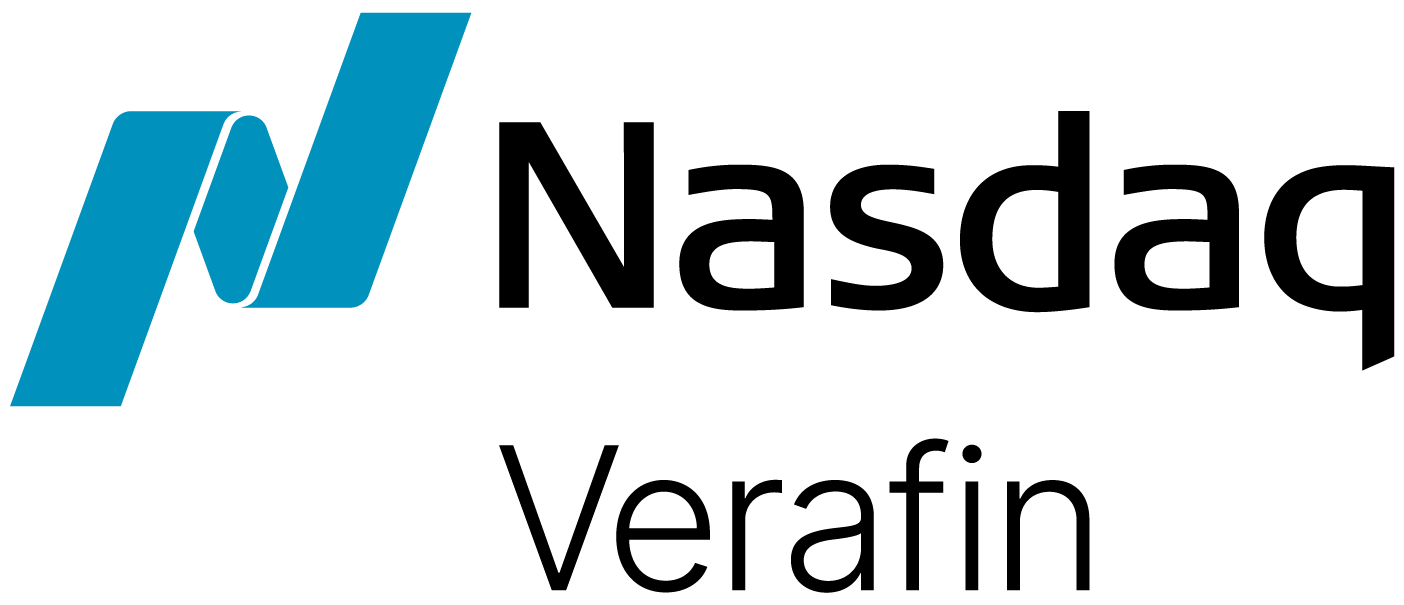
Despite the current prominence of digital banking channels, check fraud remains a popular means for criminals to exploit financial institutions and their customers. Fraudsters’ options in this vein are numerous: stealing and cashing checks, duplicating legitimate checks, doctoring counterfeit checks, and even re-presentment — attempting to cash the same legitimate check in multiple ways, such as through both online and in-branch deposits.
Check use in business-to-business payments continues to dominate over other payment types according to the Association for Financial Professionals (AFP); their annual Payments Fraud and Control Survey reports that checks were the payment method most impacted by fraud in 2018, and they continue to be “highly prone” to fraud in 2019. The volume of check activity and subsequent risks pose significant challenges for institutions to manage and mitigate the operational and financial costs of check fraud.
How Check Fraud Happens
Unfortunately, it is not difficult for criminals to obtain the information and resources they need to commit check fraud. Take for example the surge in mailbox fishing, a devious technique where large quantities of mail is stolen from public mailboxes. This low-cost, low-risk method can make a wealth of legitimate checks and personal information available to individual fraudsters or organized crime rings.
Once these materials are in the wrong hands, there are many ways criminals can commit fraud. The Association of Certified Fraud Examiners (ACFE) has identified several check tampering schemes, including forged maker schemes where the signature of the check creator is fake, forged endorsement schemes where the check recipient signature is fake, and altered payee schemes where a check is doctored to be payable to a criminal third party.
It is also common for criminals to construct schemes around fraudulent checks to help them reap illicit benefits, such as advance fee, lottery or confidence scams. Romance scams, where well-meaning customers are convinced to cash checks and transmit funds to a fraudster whom they believe is a love interest, are a tragic case in point.
Check Fraud: An Evolving Threat
Although checks are much less sophisticated than more modern, technology-powered banking channels, the digital age is driving a renaissance in new tactics for check fraudsters. Bad actors can now simply browse the internet for company profiles from which to glean personal information, then visit one of many online retailers to purchase blank check stock. This ultimately allows criminals to print large quantities of counterfeit checks — complete with readily available, convincing details. Other enterprising criminals can circumvent fraud controls using social engineering to obtain the necessary insider information to enhance their counterfeiting schemes.
Challenges to Financial Institutions
For criminals, the strength of check fraud is in numbers. According to the ACFE, “most financial institutions’ corporate security departments do not have the staff to investigate and recover small-dollar forgeries; they are considered an acceptable business risk, and banks budget for such losses.” These large quantities of low value counterfeit checks can overwhelm manual review processes while accruing substantial cumulative illicit profits. In fact, some high-profile cases of check fraud and check kiting have involved tens of thousands of fake checks and millions in stolen funds.

The rise in check fraud continues to increase pressures on financial institutions to find solutions that provide a full picture of fraud within an institution’s customer base.
Considerations for Financial Institutions
Check fraud is a current and costly threat, and traditional manual detection methods represent a serious drain on time and resources. Financial institutions should consider how their fraud mitigation programs could benefit from improved in-clearing or on-us check fraud detection capabilities that can:
- Reduce false positives. Machine learning technology, including image analysis and Optical Character Recognition (OCR), can help significantly reduce false positive alerts by identifying encoding errors.
- Improve detection rates. Targeted, cross-channel analysis based on real-life typologies improve the detection of true check fraud activity, such as through identifying out-of-pattern check number jumps.
- Expedite check review processes. Check21 image files can be leveraged in visual investigation tools to compare checks to others from the same account. This expedites alert reviews and investigations into potentially risky checks.
- Prevent losses. For on-us check fraud, it is imperative to detect fraudulent items as soon as possible before losses can occur. Faster, more accurate solutions that detect checks similar to instances of known fraud, and reduce false positive alerts, ensure you are looking at the items that pose the greatest risk to your institution.
Check fraudsters are evolving and unrelenting. Financial institutions should evaluate their check fraud controls and technology to determine how they can best stay ahead of this continuing threat.


